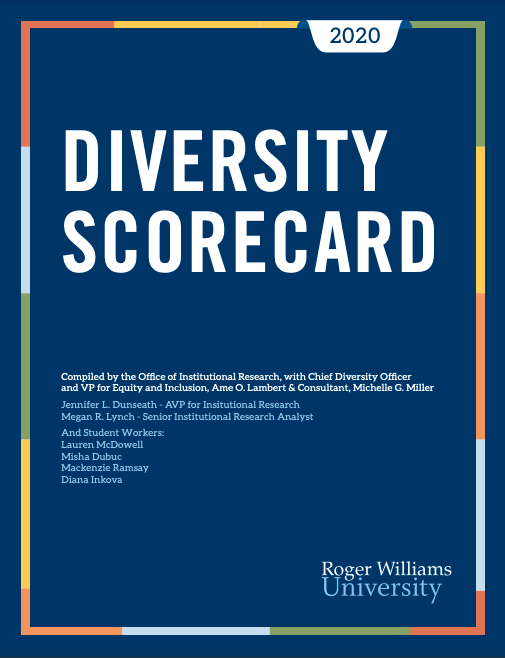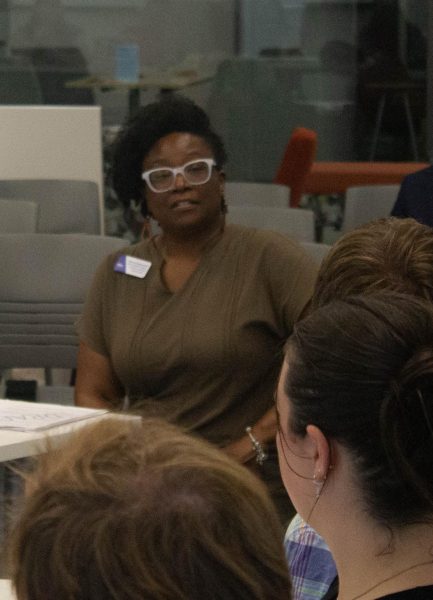University publishes Diversity Scorecard
Data shows diversity improved, but is still lacking
Courtesy of RWU President Miaoulis
The 2020 Diversity Scorecard was released on May 3, 2021, and details data about diversity at the university from the past couple of years.
The number of students of color increased by 3% from Fall 2017 and Fall 2019, according to the 2020 Diversity Scorecard sent to students by RWU President Ioannis Miaoulis.
Compared to universities on the East Coast, RWU falls 33rd on the list of the percent of students of color enrolled in 2018 with 76% white students and only 15% students of color. The university is in the 26th spot for employees of color in 2018.
The 73-page report was sent on May 3 and contains data about the diversity of students in the undergraduate program, the Law School and employees of the university.
The report begins with a letter from Miaoulis. He said the report is a summary to assess how the university is doing in terms of its Equity Plan. The Equity Plan contains five areas, Student Access, Success and Equity (SASE), Employee Access, Success and Equity (EASE), Campus Climate and Intergroup Relations (CCIR), Education, Scholarship and Service (ESS) and Infrastructure and Leadership (IL).
The fall 2017 enrollment for students of color was 764, compared to 3,981 white students. In fall of 2019, these numbers increased to 892 students of color enrolled and white students decreased to 3,972. Students of color are also being retained and graduating at higher rates.
The report used a study where students were asked a multitude of questions about campus climate. The results show that white students feel more supported and campus life is more relevant to their cultural backgrounds than students of color.
Many of the questions about discussions in coursework yielded similar responses from all students, but more students of color said they experienced discussions with people of races and ethnicities that were different from their own, compared to white students.
The report stated that in terms of ESS, “students of color and white students experience their learning environments related to intercultural fluency in similar ways.”
The proportion of employees of color compared to white employees is also decreasing, but this is due to a reduced number of employees of all races. In 2017, there were 148 employees of color and 1,075 white employees. In 2019, there were 143 and 1,005.
In terms of new hires, 22% of employees hired were people of color, compared to 78.4% of white employees hired at both RWU and the School of Law. The number of people who applied consisted of 27% people of color and 63% white. The data also shows that more white employees are being retained than employees of color.
Employees of color reported having less favorable views of the campus climate than white employees. 83% of white employees say they feel comfortable expressing who they are, while only 61% of employees of color say they do.
The report states over the past three years the university has increased the “operating budget investments in diversity initiatives by 38%.”
The data shows over the past couple of years, diversity at the university has slowly increased, but there are still large gaps between students and employees of color and white students and employees.
“Equity does not happen overnight and certainly won’t happen without differentially allocating our resources towards change. This report will be our annual call to action and a measure of our commitment to change,” Miaoulis wrote in the introduction letter of the report.
Rachel Dvareckas was a 2022 RWU journalism graduate who spent four years dedicated to The Hawks’ Herald. She currently takes on more creative roles...






